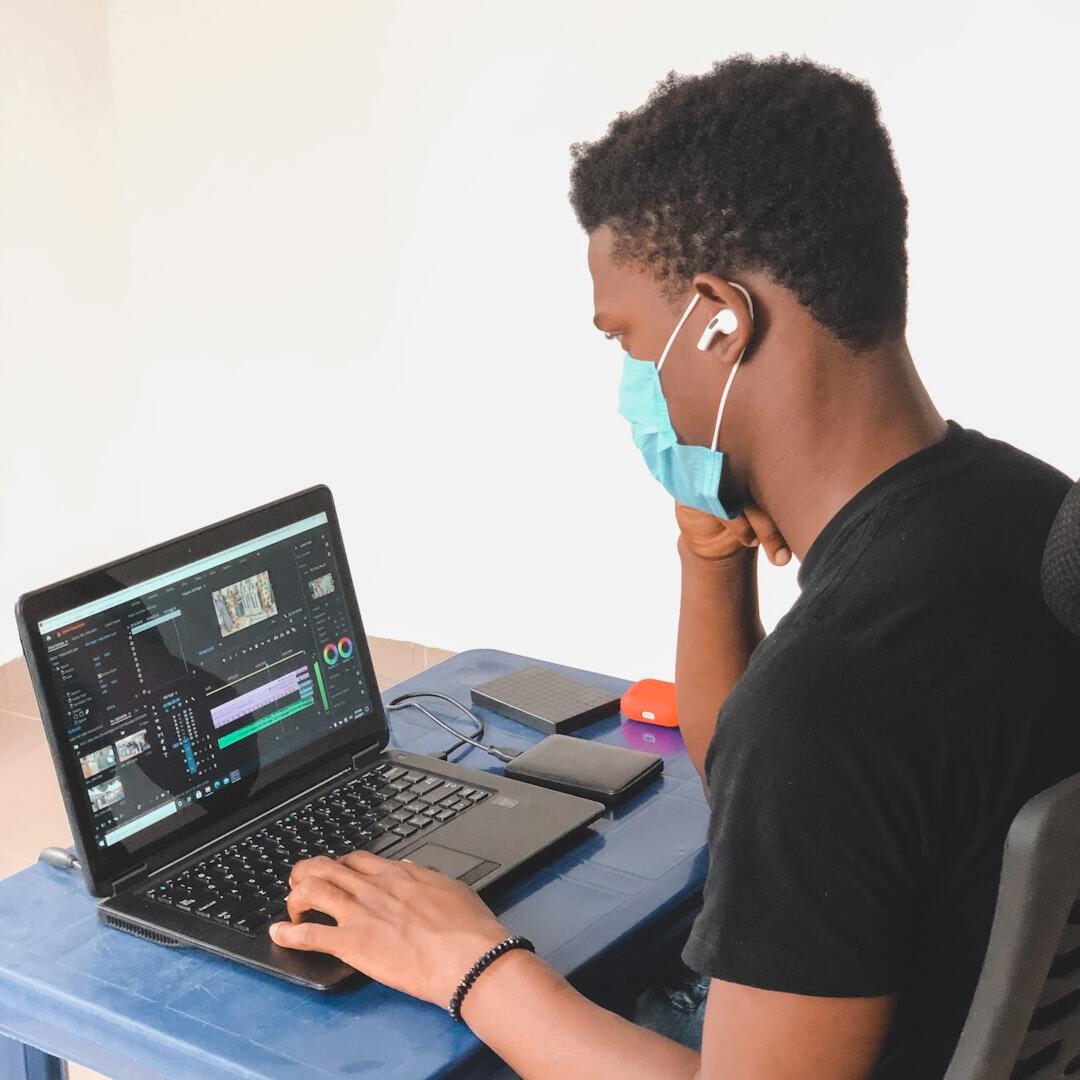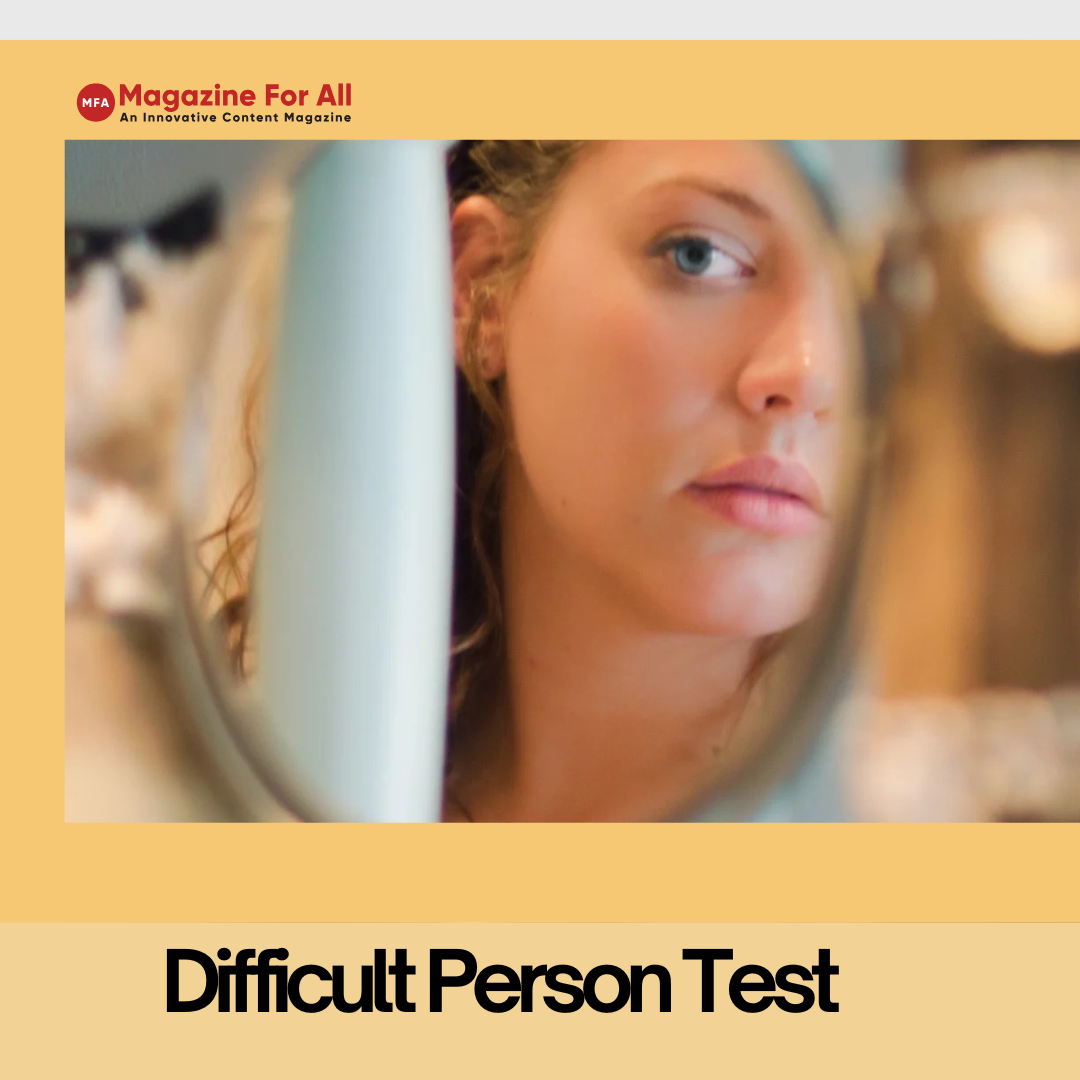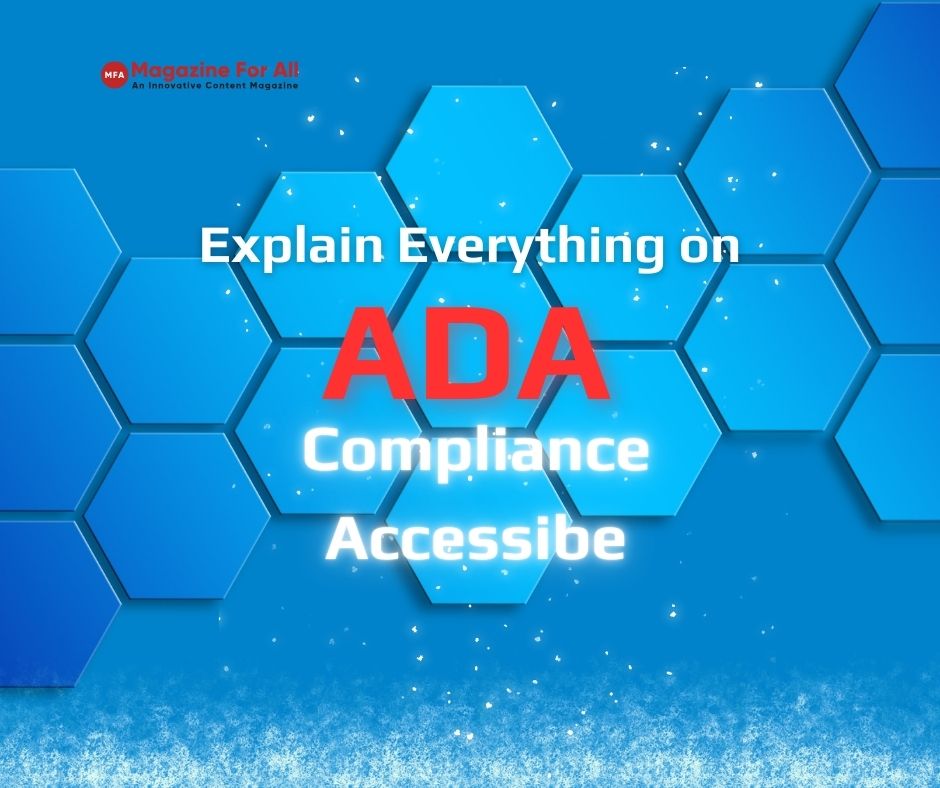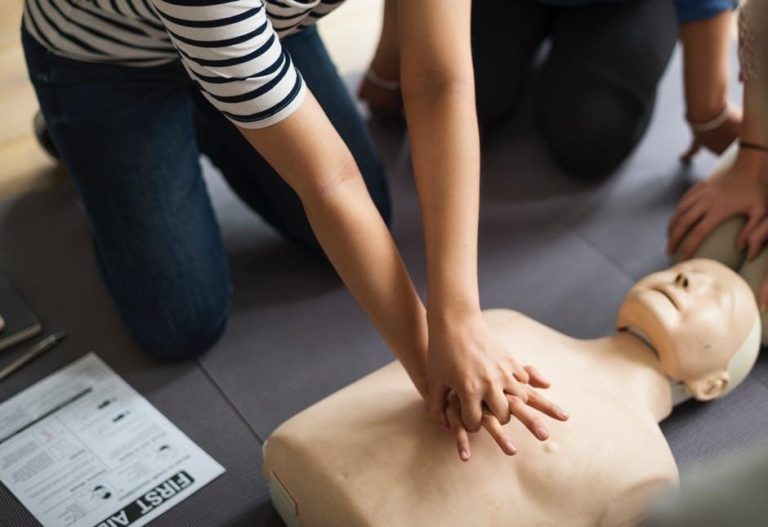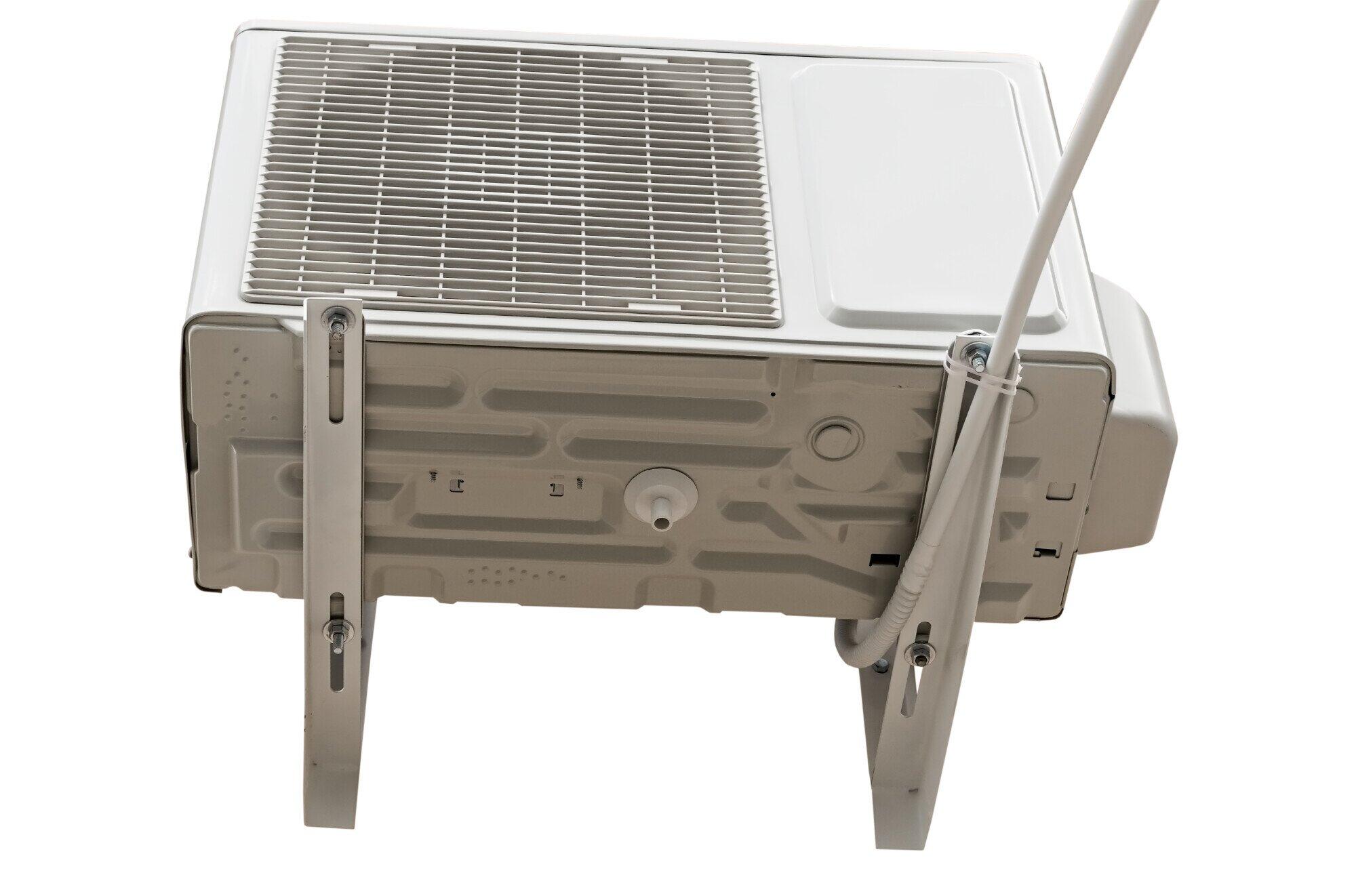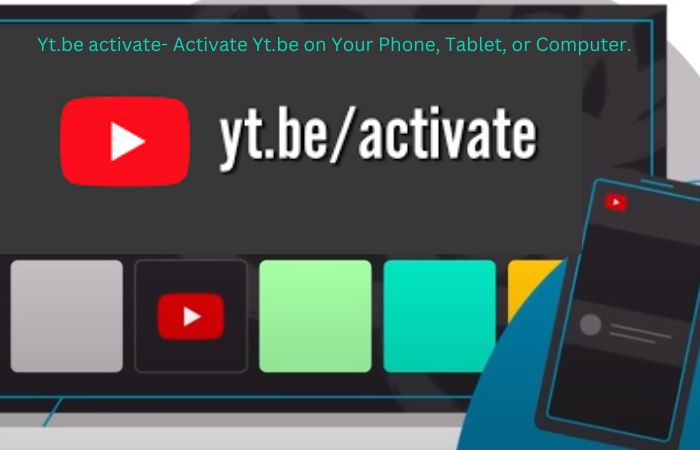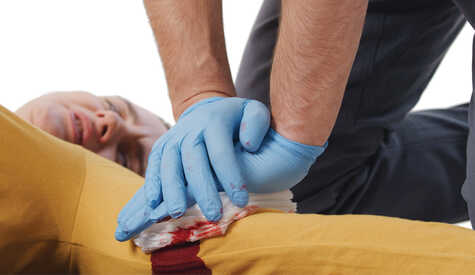It happens fast. A sharp cut. A crash. A fall. Blood starts to flow, and panic rises. But what if you could stay calm? What if you knew just what to do?
Bleeding emergencies can happen anywhere-on the road, at home, at work, or at play. Knowing quick, clear steps can prevent worsening. It can even save a life.
You don’t need to be a doctor. You just need a little knowledge and the will to help. Read on to learn the simple basics of bleeding control and why it’s something everyone should know.
Table of Contents
Why Bleeding Control Matters
The human body can only lose so much blood before it becomes dangerous. In severe cases, a person can bleed out in minutes. That’s why fast action is key.
Bleeding isn’t always easy to see. It can soak through clothes or happen inside the body. But when you do see it-especially bright red, fast-flowing blood-you need to act.
Your first goal is to slow or stop the bleeding until help arrives. This keeps the heart pumping, the brain awake, and the person alive. It may sound big, but with the right steps, anyone can do it.
First Steps You Can Take
If someone is bleeding heavily, your safety comes first. Make sure the area is safe before you move in. Use gloves or a cloth to protect yourself if possible. Then find where the bleeding is coming from.
Apply pressure. Use your hands, a clean towel, or even a shirt. Press hard and don’t let up. If the bleeding soaks through, add more layers-but don’t remove the first one.
If you can, raise the wounded area above the heart. This may help slow the flow. Keep talking to the person. Let them know help is on the way. Your voice matters as much as your hands.
If trained and needed, you may also use a tourniquet. This is a strong band tied above the wound to stop blood flow. But it should only be used when direct pressure isn’t enough, and you know how to do it safely.
You can find easy-to-follow training at https://cprcertificationnow.com/products/first-aid-certification to guide you through all the basics.
Stay With the Person
Even if the bleeding slows, stay by their side. Keep checking if they’re awake, breathing, and feeling cold or dizzy. If they seem faint, lie them down and raise their legs. Cover them with something warm. Do not give them food or drink.
Call emergency services early, and don’t hang up until they say it’s okay. Give them all the details so they can send the right help.
Hold on to Hope and Keep the Pressure
Stopping bleeding isn’t about being perfect-it’s about doing your best in the moment. Pressure, care, and calm can change the story. With a little training, you can be the reason someone lives to tell the tale.
Bleeding control is not just for EMTs. It’s for all of us. Keep learning. Keep calm. And never forget how powerful your hands can be.
For more on this content, visit the rest of our blog!




